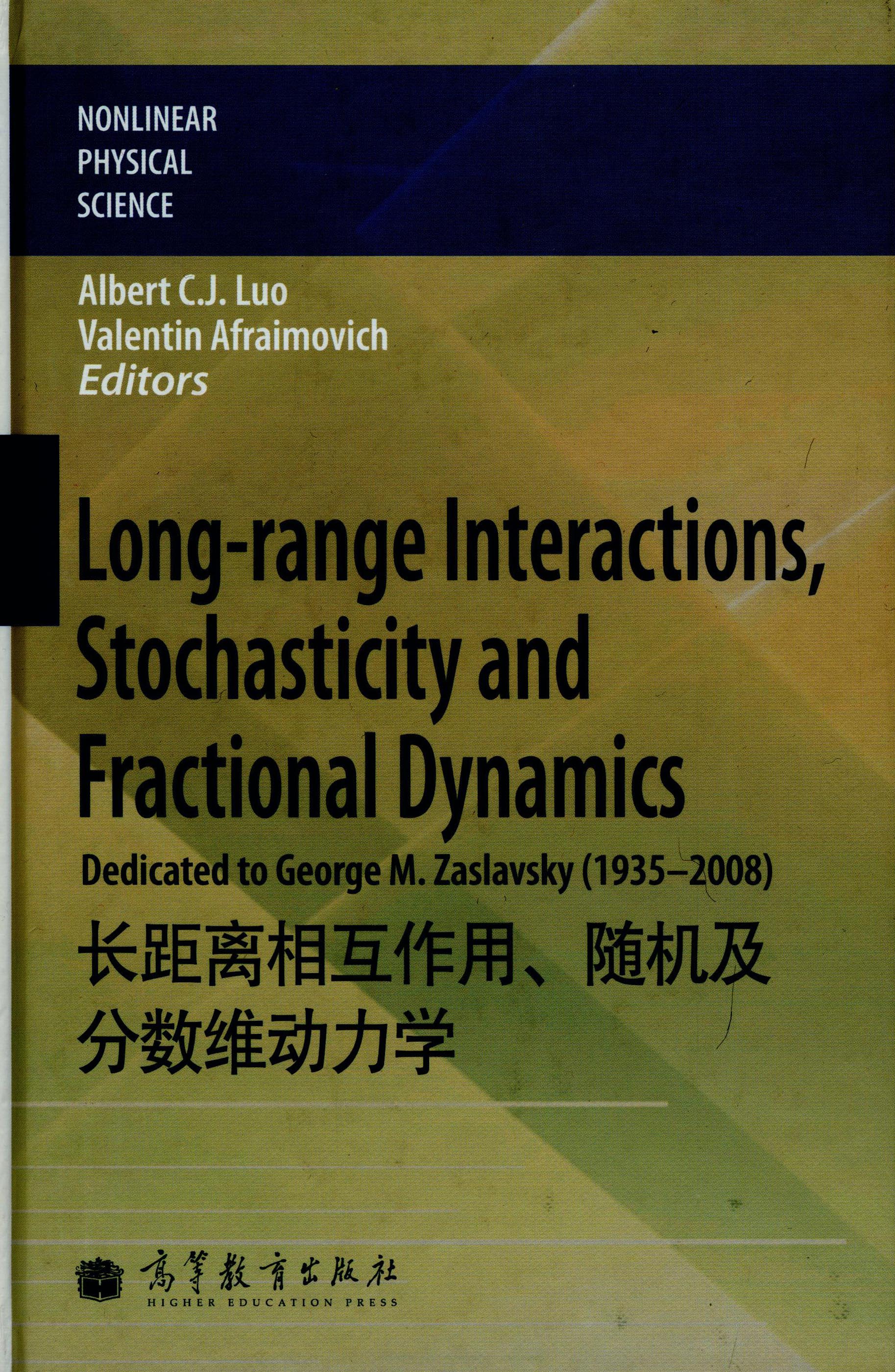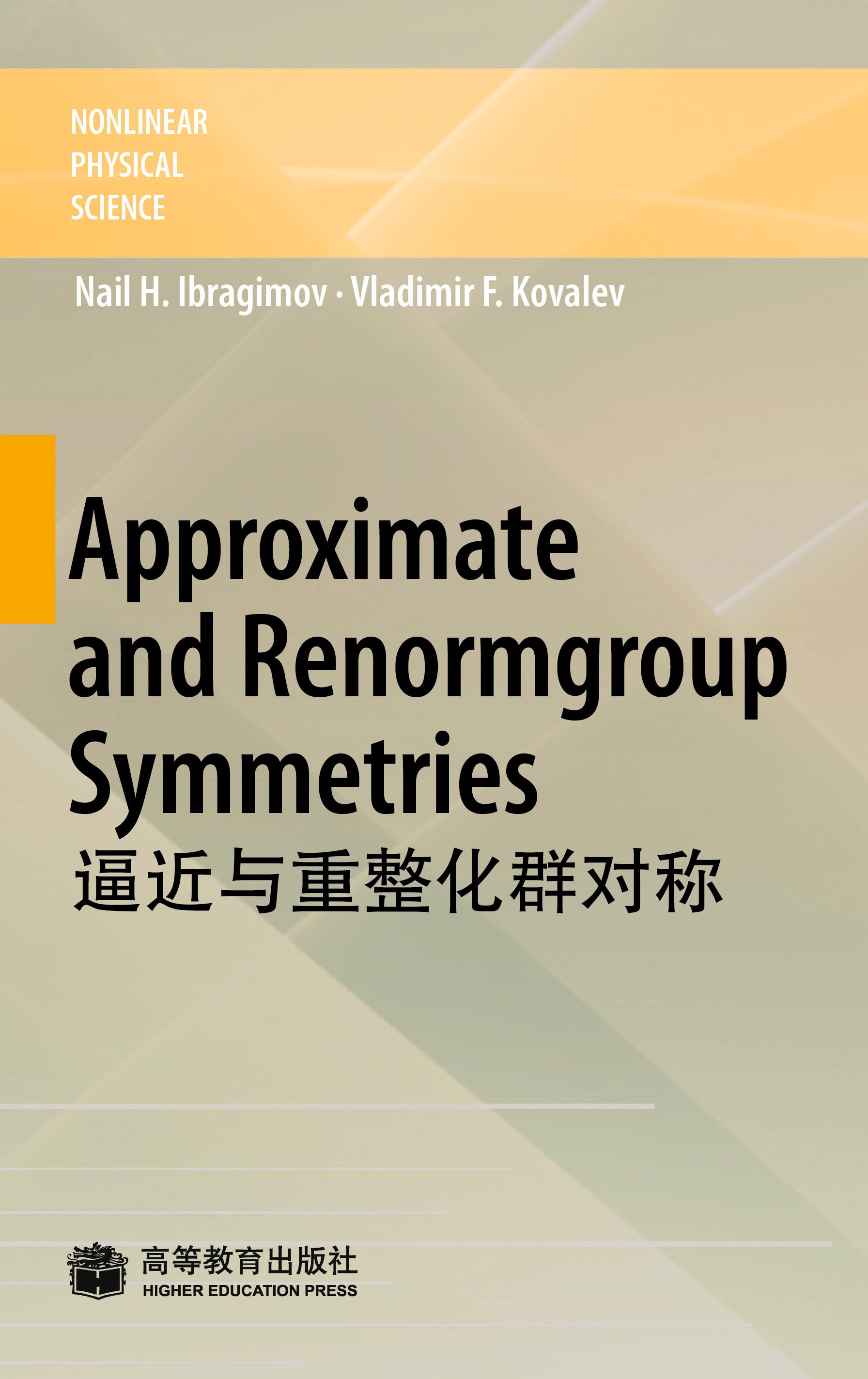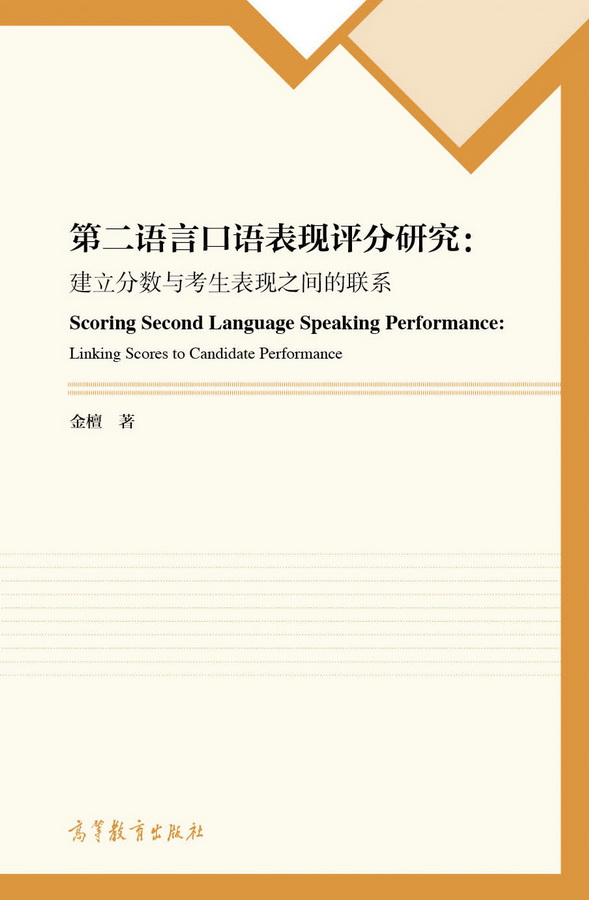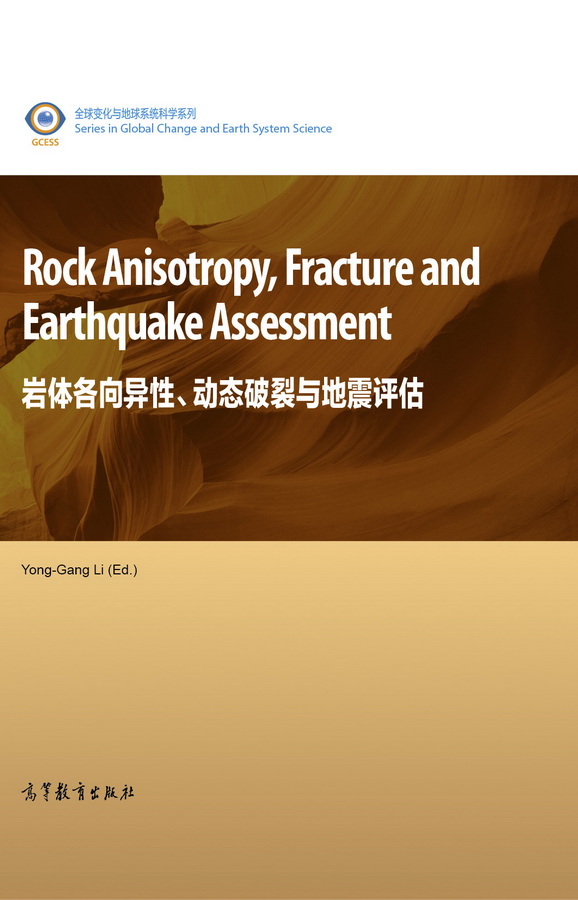长距离的相互作用,随机,及分数维动力学(英文版)
作者: 罗朝俊,Valentin Afraimovich主编
出版时间:2010-06
出版社:高等教育出版社
- 高等教育出版社
- 9787040291889
- 1版
- 227491
- 48266038-8
- 精装
- 16开
- 2010-06
- 360
- 309
- 理学
- 数学类
- O19
- 物理、应用数学
- 研究生及以上
In memory of Dr. George Zaslavsky, Long-range Interactions, Stochasticity and Fractional Dynamics covers'the recent developments of long-range interaction, fractional dynamics, brain dynamics and stochastic theory of turbulence, each chapter was written by established scientists in the field. The book is dedicated to Dr. George Zaslavsky, who was one of three founders of the theory of Hamiltonian chaos. The book discusses self-similarity and stochasticity and fractionality for discrete and continuous dynamical systems, as well as long-range interactions and diluted works. A prehensive theory for brain dynamics is also presented. In addition, the plexity and stochasticity for soliton chains and turbulence are addressed.
The book is intended for researchers in the field of nonlinear dynamics in mathematics, physics and engineering.
front matter
1 Fractional Zaslavsky and H´enon Discrete Maps
Vasily E. Tarasov
1.1 Introduction
1.2 Fractional derivatives
1.2.1 Fractional Riemann-Liouville derivatives
1.2.2 Fractional Caputo derivatives
1.2.3 Fractional Liouville derivatives
1.2.4 Interpretation of equations with fractional derivatives
1.2.5 Discrete maps with memory
1.3 Fractional Zaslavsky maps
1.3.1 Discrete Chirikov and Zaslavsky maps
1.3.2 Fractional universal and Zaslavsky map
1.3.3 Kicked damped rotator map
1.3.4 Fractional Zaslavsky map from fractional differential equations
1.4 Fractional H´enon map
1.4.1 H´enon map.
1.4.2 Fractional H´enon map
1.5 Fractional derivative in the kicked term and Zaslavsky map
1.5.1 Fractional equation and discrete map
1.5.2 Examples
1.6 Fractional derivative in the kicked damped term and generalizations of Zaslavsky and H´enon maps
1.6.1 Fractional equation and discrete map
1.6.2 Fractional Zaslavsky and H´enon maps
1.7 Conclusion
References
2 Self-similarity, Stochasticity and Fractionality
Vladimir V. Uchaikin
2.1 Introduction
2.1.1 Ten years ago
2.1.2 Two kinds of motion
2.1.3 Dynamic self-similarity
2.1.4 Stochastic self-similarity.
2.1.5 Self-similarity and stationarity
2.2 From Brownian motion to L`evy motion
2.2.1 Brownian motion
2.2.2 Self-similar Brownian motion in nonstationary nonhomogeneous environment
2.2.3 Stable laws
2.2.4 Discrete time L`evy motion
2.2.5 Continuous time L`evy motion
2.2.6 Fractional equations for continuous time L`evy motion
2.3 Fractional Brownian motion
2.3.1 Differential Brownian motion process
2.3.2 Integral Brownian motion process
2.3.3 Fractional Brownian motion
2.3.4 Fractional Gaussian noises
2.3.5 Barnes and Allan model
2.3.6 Fractional L`evy motion
2.4 Fractional Poisson motion
2.4.1 Renewal processes
2.4.2 Self-similar renewal processes
2.4.3 Three forms of fractal dust generator
2.4.4 nth arrival time distribution
2.4.5 Fractional Poisson distribution
2.5 Fractional compound Poisson process
2.5.1 Compound Poisson process
2.5.2 L`evy-Poisson motion
2.5.3 Fractional compound Poisson motion
2.5.4 A link between solutions.
2.5.5 Fractional generalization of the L`evy motion
Acknowledgments
Appendix. Fractional operators
References
3 Long-range Interactions and Diluted Networks
Antonia Ciani, Duccio Fanelli and Stefano Ruffo
3.1 Long-range interactions
3.1.1 Lack of additivity
3.1.2 Equilibrium anomalies: Ensemble inequivalence, negative specific heat and temperature jumps
3.1.3 Non-equilibrium dynamical properties
3.1.4 Quasi Stationary States
3.1.5 Physical examples
3.1.6 General remarks and outlook
3.2 Hamiltonian Mean Field model: equilibrium and out-ofequilibrium features
3.2.1 The model
3.2.2 Equilibrium statistical mechanics
3.2.3 On the emergence of Quasi Stationary States: Nonequilibrium dynamics
3.3 Introducing dilution in the Hamiltonian Mean Field model
3.3.1 Hamiltonian Mean Field model on a diluted network
3.3.2 On equilibrium solution of diluted Hamiltonian Mean Field
3.3.3 On Quasi Stationary States in presence of dilution.
3.3.4 Phase transition
3.4 Conclusions
Acknowledgments
References
4 Metastability and Transients in Brain Dynamics: Problems and Rigorous Results
Valentin S. Afraimovich, Mehmet K. Muezzinoglu and Mikhail I. Rabinovich
4.1 Introduction: what we discuss and why now.
4.1.1 Dynamical modeling of cognition
4.1.2 Brain imaging
4.1.3 Dynamics of emotions
4.2 Mental modes.
4.2.1 State space
4.2.2 Functional networks
4.2.3 Emotion-cognition tandem.
4.2.4 Dynamical model of consciousness
4.3 Competition—robustness and sensitivity
4.3.1 Transients versus attractors in brain
4.3.2 Cognitive variables
4.3.3 Emotional variables
4.3.4 Metastability and dynamical principles
4.3.5 Winnerless competition—structural stability of transients
4.3.6 Examples: competitive dynamics in sensory systems
4.3.7 Stable heteroclinic channels
4.4 Basic ecological model
4.4.1 The Lotka-Volterra system
4.4.2 Stress and hysteresis
4.4.3 Mood and cognition.
4.4.4 Intermittent heteroclinic channel
4.5 Conclusion
Acknowledgments
Appendix 1
Appendix 2
References
5 Dynamics of Soliton Chains: From Simple to Complex and Chaotic Motions
Konstantin A. Gorshkov, Lev A. Ostrovsky and Yury A. Stepanyants
5.1 Introduction
5.2 Stable soliton lattices and a hierarchy of envelope solitons
5.3 Chains of solitons within the framework of the Gardner model
5.4 Unstable soliton lattices and stochastisation
5.5 Soliton stochastisation and strong wave turbulence in a resonator with external sinusoidal pumping
5.6 Chains of two-dimensional solitons in positive-dispersion media
5.7 Conclusion
Few words in memory of George M. Zaslavsky
References
6 What is Control of Turbulence in Crossed Fields?–Don’t Even Think of Eliminating All Vortexes!
Dimitri Volchenkov
6.1 Introduction
6.2 Stochastic theory of turbulence in crossed fields: vortexes of all sizes die out, but one
6.2.1 The method of renormalization group
6.2.2 Phenomenology of fully developed isotropic turbulence
6.2.3 Quantum field theory formulation of stochastic Navier-Stokes turbulence
6.2.4 Analytical properties of Feynman diagrams
6.2.5 Ultraviolet renormalization and RG-equations
6.2.6 What do the RG representations sum?
6.2.7 Stochastic magnetic hydrodynamics
6.2.8 Renormalization group in magnetic hydrodynamics
6.2.9 Critical dimensions in magnetic hydrodynamics
6.2.10 Critical dimensions of composite operators in magnetic hydrodynamics
6.2.11 Operators of the canonical dimension d = 2
6.2.12 Vector operators of the canonical dimension d = 3
6.2.13 Instability in magnetic hydrodynamics
6.2.14 Long life to eddies of a preferable size
6.3 In search of lost stability
6.3.1 Phenomenology of long-range turbulent transport in the scrape-off layer (SOL) of thermonuclear reactors
6.3.2 Stochastic models of turbulent transport in cross-field systems
6.3.3 Iterative solutions in crossed fields
6.3.4 Functional integral formulation of cross-field turbulent transport
6.3.5 Large-scale instability of iterative solutions
6.3.6 Turbulence stabilization by the poloidal electric drift
6.3.7 Qualitative discrete time model of anomalous transport in the SOL
6.4 Conclusion
References
7 Entropy and Transport in Billiards
M. Courbage and S.M. Saberi Fathi
7.1 Introduction
7.2 Entropy
7.2.1 Entropy in the Lorentz gas
7.2.2 Some dynamical properties of the barrier billiard model
7.3 Transport
7.3.1 Transport in Lorentz gas
7.3.2 Transport in the barrier billiard
7.4 Concluding remarks
References
Index
版权








